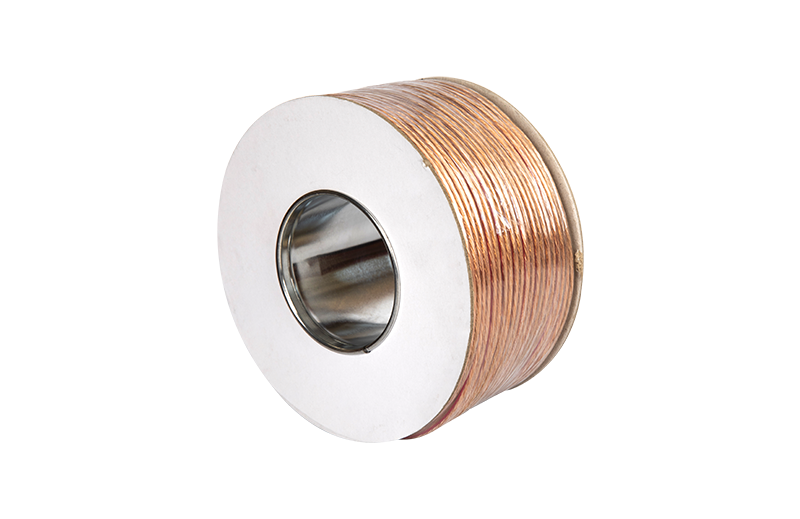Summary:Unshielded Twisted Pair (UTP) technology in UTP CAT5E cables involves pairs of insulated copper wires twisted together. Here's how it works:
Twisted P
Unshielded Twisted Pair (UTP) technology in
UTP CAT5E cables involves pairs of insulated copper wires twisted together. Here's how it works:
Twisted Pair Configuration:
CAT5E cables typically consist of four pairs of twisted wires.
Each pair of wires is twisted around each other to form a tight helical structure.

Twisting Mechanism:
The twisting is done to minimize electromagnetic interference (EMI) and radio frequency interference (RFI) from external sources.
When signals travel through the twisted pairs, any interference induced affects both wires equally, allowing the receiving end to cancel out the interference.
Differential Signaling:
UTP CAT5E cables use differential signaling, where data is transmitted as voltage differences between the pairs of wires.
The signal is carried by the potential difference between the two wires in each pair.
Cancellation of Interference:
Since the wires in a pair are twisted, any external interference induces an equal and opposite effect on both wires.
At the receiving end, the device can identify and cancel out the interference, leaving the original data signal intact.
Crosstalk Reduction:
Crosstalk is the unwanted transfer of signals between adjacent pairs of wires.
The twisting of pairs helps minimize crosstalk by ensuring that the magnetic fields generated by one pair are canceled by the twists.
